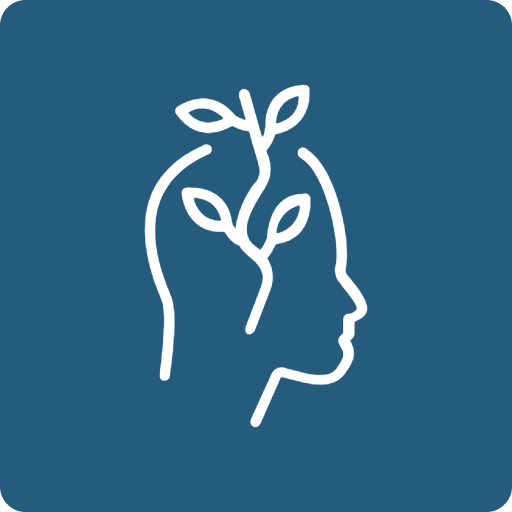Introduction

Providing people with assistance
free
This Module aims to enhance and empower the trainers’ competencies regarding the
supporting and the assisting services provided to people in need, within simple and practical
methods, techniques and tips that can be adapted to their everyday routine.
Task

“Find the solution to…an urgent situation”
free
Professional carers need to be supported in their central role of caring for patients, by providing them practical tools and methodologies that could be adapted to their professionals or non-formal contexts. This activity aims to learn to the trainers how they can approach the beneficiaries’ needs and requirements, by using the active listening technique. “Active Listening” means, a communication procedure, which concentrates on what is being said rather than just passively ‘hearing’ the message of the speaker.
Process
Instructions: (step by step procedure)
Step 1: Divide the individuals in pairs or in teams. Give to the trainers urgent situations-
scenarios, printed and described in A4 papers and give them 10-15 minutes to figure out
possible problem solving that would, probably, advice the informal carers. This solutions
should be understandable and practical tools, techniques that could apply to their contexts. It is
important here NOT to use resources for finding information.
The scenarios should be:
- “Try to dress up a person in a wheel chair, in 2 minutes. We will provide you some
clothes.”
- “Your beneficiary has a panic attack and he feels that he cannot breathe. How do you
approach him and what do you tell him?”
- “Your beneficiary starts yelling at you, breaking whatever he finds and he doesn’t let
you enter in the room. What are you doing?”
- “Your beneficiary starts to cry, because she feels that no one understand what she’s
passing through. Create a dialogue, by using supporting phrases for calming her down.
Tip: The trainers can use more urgent cases, from their own experiences.
Step 2: Ask from the teams to figure out effective problem solving and to present them in front
of the other members, after the 15 minutes discussion and practice. The other participants can
evaluate the techniques suggested by enriching them or adding tips and new information that
could probably help them.
Step 3: After the presentation of each team, ask from these groups to imprint these techniques
in flipcharts (one flipchart per team), by using their prepared techniques, which will explain
analytically, but, also finding relevant information from the Internet or other resources (if you
can provide them magazines, newspapers, etc.) The Flipcharts should be an informative guide
for the informal carers, which will include practical recommendations for their everyday
requirements, in cases of urgent circumstances.
Conclusion
The purpose of this module is to provide professionals with practical tools and methodologies on how they can approach the beneficiaries’ needs and requirements, by using the active listening technique. What you learn from this module will help you start to understand those instructions. We hope you will use what you learn here every day of your working life.
Evaluation
- This will help professionals to enhance and empower their competencies regarding the supporting and the assisting services provided to people in need.
- Professionals will learn how to approach the beneficiaries’ needs and requirements, by using the active listening technique.
- Professionals will acquire skills of supporting and the assisting services provided to people in need.
- Professionals will be able to reflect on awareness on how they can approach the beneficiaries’ needs and requirements.











